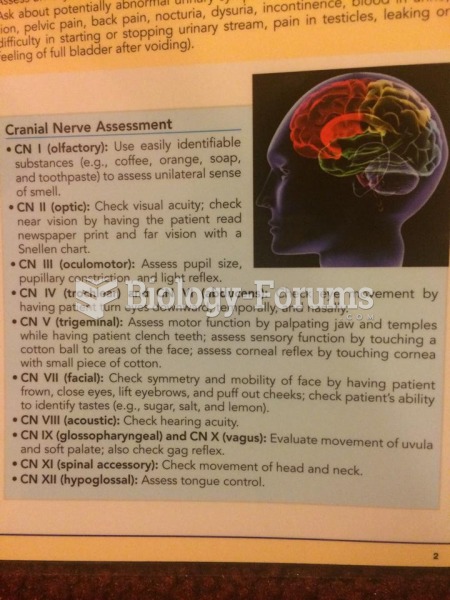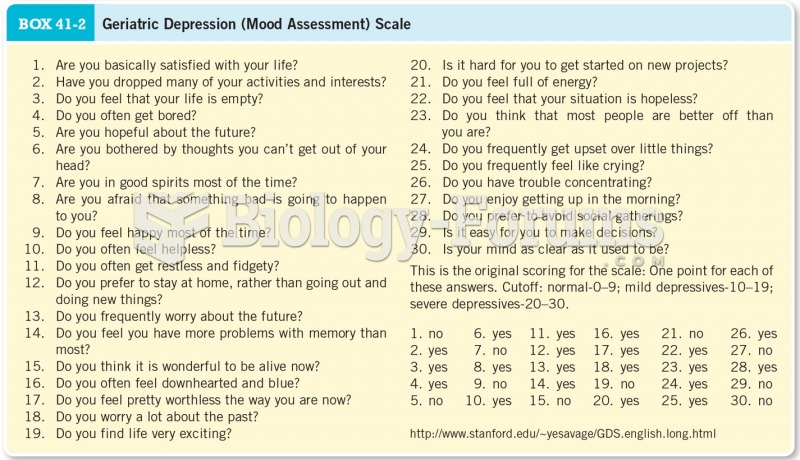Answer to Question 1
ANS: D
Confusion, paranoid ideation, disorganization, and organic impairment are all mental status behavioral categories that indicate potential for violence. Rapid and pressured speech, incoherent speech, menacing tones, raised voice, and verbal threats are all speech pattern behavioral categories that indicate potential for violence. A belligerent, labile, or angry affect is an indicator of potential violence. Eyes darting, prolonged (staring) eye contact, spitting, pale or red (flushed) face, and a menacing posture are indicators of potential violence.
Answer to Question 2
ANS: D
Deescalation tips for mental health emergencies:
Use a nonthreatening stanceopen, but not vulnerable. Have them take a seat
Eye contactnot constant, brief to show concern
Commandsbrief, slow, with simple vocabulary, only as loud as needed, repeat as needed
Movementnot sudden, announce actions when possible, keep hands where they can be seen
Attitudecalm, interested, firm, patient, reassuring, respectful, truthful
Acknowledge legitimacy of feelings, delusions, hallucinations as being real to the client (I understand you are seeing or feeling this, but I am not)
Remove distractions, upsetting influences
Keep the client talking/focused on the here and now
Ignore, rather than argue with, provocative statements
Allow verbal venting, within reason
Be sensitive to personal space/comfort zone
Remove client to a quiet space; remove others from immediate area (avoid the group spectators)
Give some choices or options, if possible
Set limits, if necessary
Limit interaction to just one professional and let that person do the talking
Avoid rushingslow things down
Give yourself an out; don't put the client between yourself and the door







